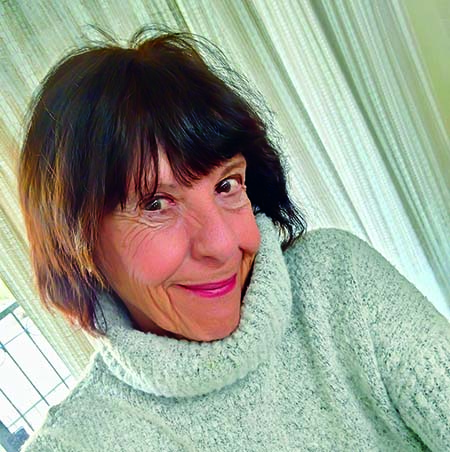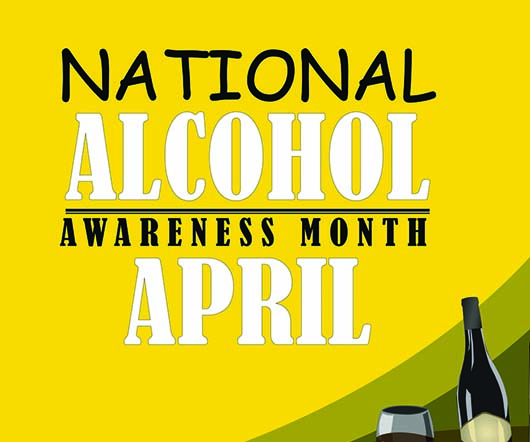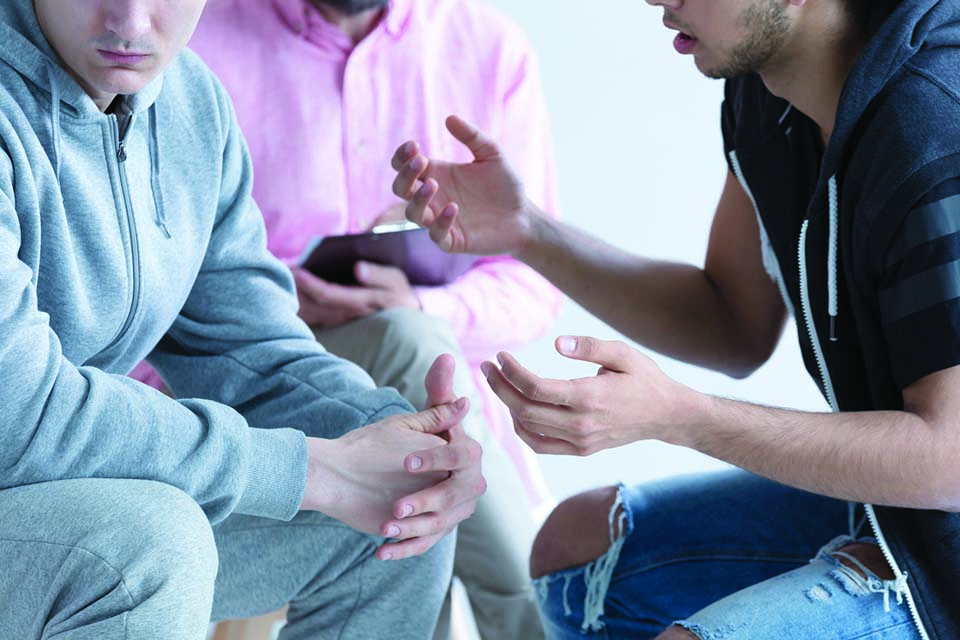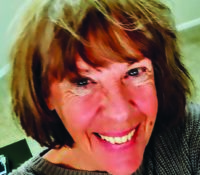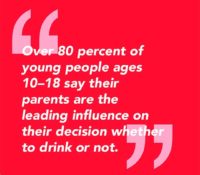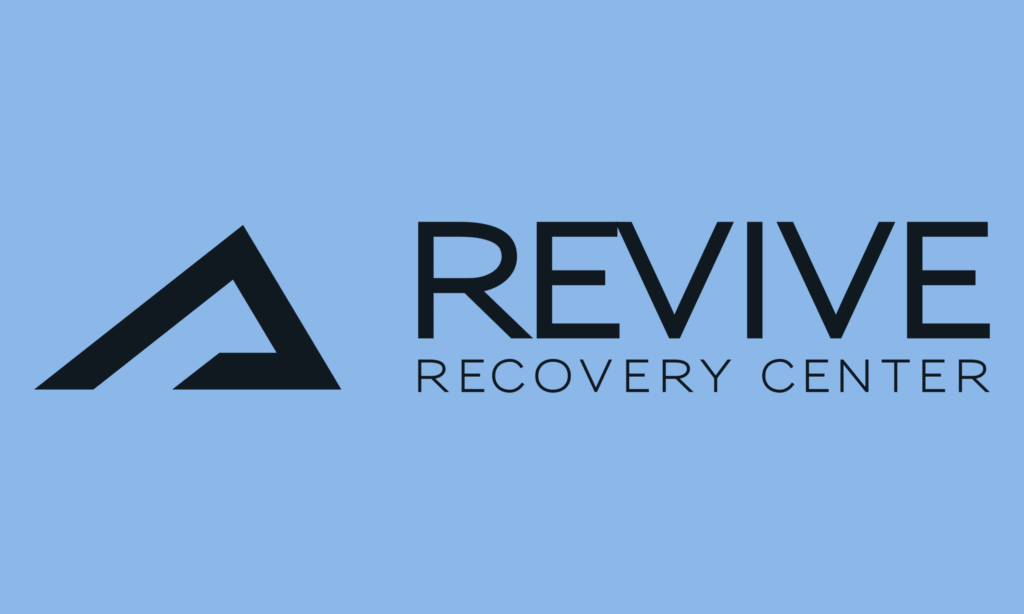Treating the Teen Mental Health Crisis By Mike Gurr, MS, MA, LPC-S, CDWF Executive Director, The Meadows Adolescent Center Today’s teens and even younger children are at a higher...
Treating the Teen Mental Health Crisis
By Mike Gurr, MS, MA, LPC-S, CDWF
Executive Director, The Meadows Adolescent Center
Today’s teens and even younger children are at a higher risk of mental health disorders than ever before. Research shows that 1 in 6 American youth ages 6-17 experience a mental health disorder each year. Depression and anxiety rates are skyrocketing, while ADD and ADHD are prevalent, too. Suicide is now the second leading cause of death among 10- to 14-year-olds, according to the National Alliance on Mental Illness (NAMI).
The takeaway for parents is that it’s important to be on the lookout early, since 50% of all lifetime mental illness begins by age 14, according to the Archives of General Psychiatry, and 49.4% of children don’t receive the needed treatment or counseling for these disorders, according to the Journal of the American Medical Association (JAMA). A variety of factors — from stigma to lack of mental health education and limited treatment options — keep young people from getting the help they need.
Why Meadows, Why Now?
For years, Meadows Behavioral Healthcare has referred teens to other programs, and we have been asked, “When are you going to offer treatment for adolescents?” “Why isn’t Meadows in this space?” With waitlists everywhere and a growing need, we felt it was time.
First, it was important to do our homework. Even though I have nearly three decades of treatment experience, with much of that working with adolescents, we did third-party research, got feedback from others in the treatment industry, and looked to our own experts. Taking that time allowed us to create a program that wasn’t just worthy of the Meadows name but can best address the issues teens are facing today.
The new Meadows Adolescent Center (TMAC) in Morristown, Arizona, is like an oasis in the desert for teens 13-17 dealing with trauma, co-occurring mood disorders like anxiety and depression, and behavioral or relational issues. Set high on a mountain, its secluded 120 acres are the perfect place to help teens heal. Through our research, we landed on a 90-day program, believing this timeframe and our unique setting allow us to do deep clinical work. We’re starting out with 10 beds and a single gender, treating only teen boys initially. This low staff-to-patient ratio means the amount of individualized work we’re able to do is mind-blowing.
One of the reasons I love working with teens is because they’re still pliable. When I’ve worked with adults who have struggled for decades, it can be difficult to undo some of their behaviors in their 30s, 40s, or 50s. But teenagers are still very malleable. There’s still a lot of ability for the brain to change, there are things we can undo, things we can teach, habits and patterns we can help create at this young age.
Keeping This Age Group Engaged
To treat this age group, we needed to rethink everything. It’s not just going to be sit-down-and-talk therapy. We know that adolescents really respond to experiential pieces, whether that is hiking, horsemanship, ropes courses, or other activities, and our wide-open spaces give us an amazing opportunity to do a lot of hands-on activities where we can bring therapeutic components into the process. Our grounds also include an infinity pool with a hot tub and waterslide, a huge gym, and acres of horse stalls.
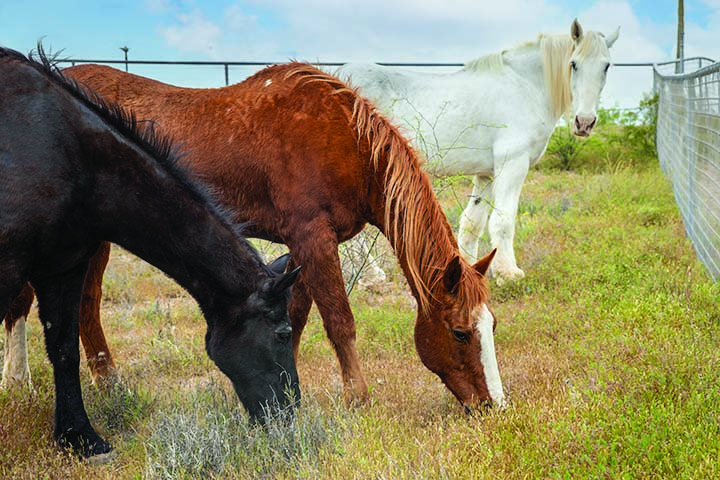
“It’s not just going to be sit-down-and-talk therapy. We know that adolescents really respond to experiential pieces, whether that is hiking, horsemanship, ropes courses, or other activities, and our wide-open spaces give us an amazing opportunity to do a lot of hands-on activities where we can bring therapeutic components into the process.”
Experts and Expert Methods
The thought leaders we attract in this space are also key to a successful program. When you take a look at trauma, Meadows Behavioral Healthcare already has Richard Schwartz, PhD. Then, for the brain-body connection there’s The New York Times bestselling author Dr. Bessel van der Kolk. We also have Dr. Bruce Perry, an expert in neurodevelopment and childhood trauma, as well as Laurence Heller, PhD, the founder of the NeuroAffective Relational Model (NARM).
One of our most exciting differentiators is the ability to do live QEEG brain mapping in our on-site Brain Center. TMAC will offer a comprehensive neurosequential model of therapeutics (NMT) assessment and diagnostic workup utilizing Dr. Perry’s model. This will give us a comprehensive road map of treatment protocols that we can use specific to that teen. Patients will then continue to receive live brain mapping regularly throughout treatment, allowing us to use this data to maximize every single day that a patient spends with us.
Full Family Treatment
Teens aren’t our only patients. When I’ve worked with teens before, a lot of times they would say, “Why am I doing all this work? I’m going to go back to that environment that hasn’t changed.” That’s why we also focus on the parents and the family. That means that while their teen is with us, their family is going to being doing work as well. They’ll complete some of that work with us on site and some at home. Studies have shown that if you don’t have support, it’s very easy for everybody to just go back to the way they were. We’re creatures of habit; that’s why I’m committed to ensuring our program is known for doing amazing family work.
Many parents have also been dealing with high levels of stress and anxiety for an extended period, but through this process they find there’s strength in numbers. A lot of times, parents have told me, “I felt like I was on an island. I was the only one dealing with this. So and so is going to Harvard next year, and this other kid has straight A’s, and my kid is the only kid in this situation.” But when they come to these family workshops and they see other parents and we connect them, they finally realize they are not alone. Now they’re surrounded by people who “get it.” And that empathy is powerful in helping parents to finally understand, “Hey, maybe it isn’t anything that I did. This just happened, and so we’re doing something about it.” Once they get to that point, the whole family can begin to heal.
A Call No Parent Wants to Make
Before healing can happen, someone has to reach out. No parent expects to be calling about treatment for their teen, but I regularly hear from parents who are afraid they can’t keep their child safe anymore, or they’ve lost the ability to parent because their child is literally not allowing them to. It’s hard to admit we need help, and when it comes to parenting, that admission can come with added guilt or shame. We all want to parent well, so making that call can feel like acknowledging that we’re not doing very well as a parent.
It’s only by admitting we need help that change happens, though. I’ve witnessed it more times than I can count. Hope is there. Relationships can be healed. Tools and skills can be learned. Parents can get their kid back. I’ve seen it happen. I’ve had parents tell me, “Mike, I wouldn’t wish this on my worst enemy. At the same time, I’m grateful that this happened because I’ve become a better person through this struggle, and I would have never become this person if it wouldn’t have been for making that call.”
For more information on adolescent treatment, visit MeadowsAdolescent.com or call 866-492-1431.
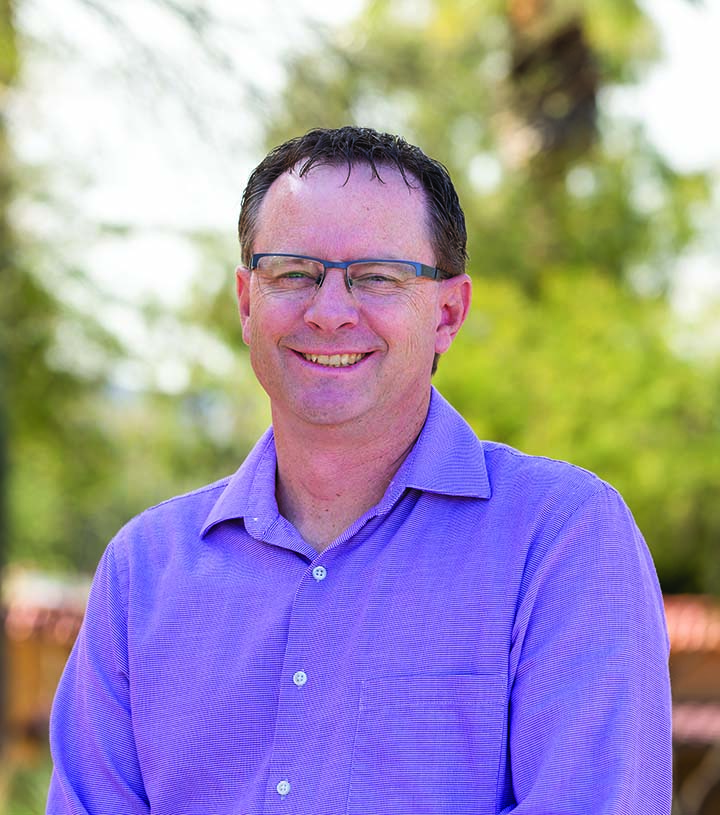 Mike Gurr (MS, MA, LPC-S, CDWF) is the executive director of the new Meadows Adolescent Center in Morristown, Arizona. He holds master’s degrees from the University of Utah and from Argosy University Phoenix in professional counseling. Mike also has extensive experience with teens, eating disorders, depression, ADHD, anxiety, low self-esteem, shame, defiance, body image, substance abuse, self-harm, addiction, conflict in relationships, and trauma. He has worked in the mental and behavioral health field since 2001.
Mike Gurr (MS, MA, LPC-S, CDWF) is the executive director of the new Meadows Adolescent Center in Morristown, Arizona. He holds master’s degrees from the University of Utah and from Argosy University Phoenix in professional counseling. Mike also has extensive experience with teens, eating disorders, depression, ADHD, anxiety, low self-esteem, shame, defiance, body image, substance abuse, self-harm, addiction, conflict in relationships, and trauma. He has worked in the mental and behavioral health field since 2001.

